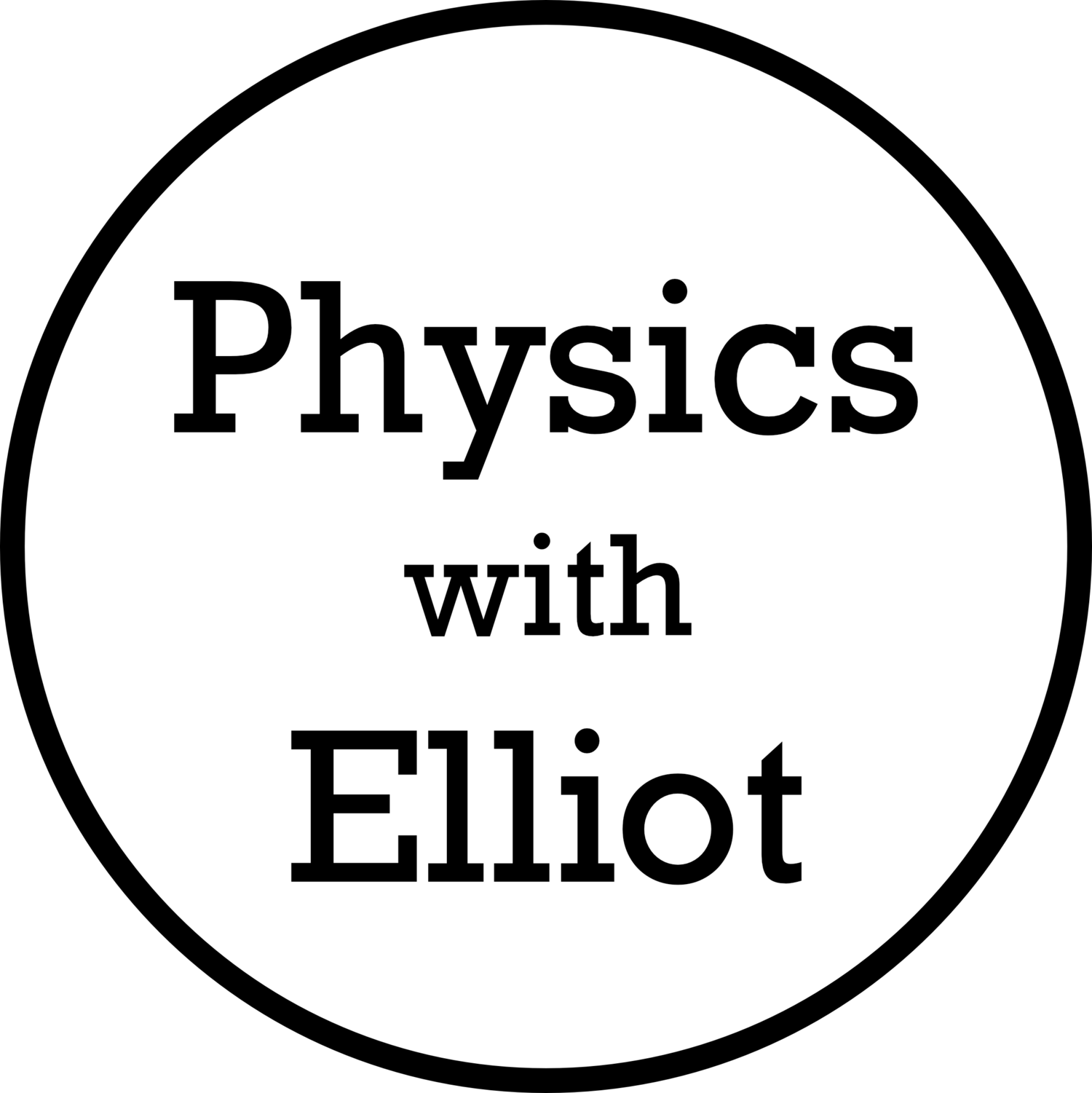Gravitational Orbits by their Eccentricities
Instructions: The orbit of a planet like the Earth around a star like the Sun is an ellipse (though one that’s only slightly deformed away from a perfect circle). More generally, a particle experiencing the force of gravity due to a much more massive star will travel along a conic section—a circle, ellipse, parabola, or hyperbola—depending on how much energy and angular momentum it has. The type of orbit is labeled by a parameter called the eccentricity $\epsilon$. $\epsilon = 0$ is a circle, $0 < \epsilon < 1$ is an ellipse, $\epsilon = 1$ is a parabola, and $\epsilon > 1$ is a hyperbola. For Earth’s orbit, $\epsilon \approx 0.02$.
In the animation, the slider controls the eccentricity of the orbit. Drag it to set it to the value you want, and then press start to watch the orbit. Press reset to stop the animation and choose a different eccentricity.
Note: the Sun and Earth drawn here are not to-scale! The Earth is much, much smaller than the Sun.
See also:
If you encounter any bugs in this animation, please let me know at feedback@PhysicsWithElliot.com.


